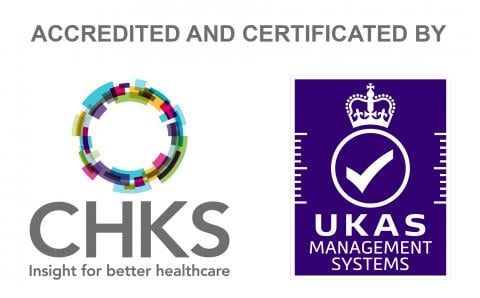The most common reason for toe deformity is when tight shoes are worn and the toes are compressed into an abnormal position. When this happens repeatedly, the toes remain in this abnormal position. High heeled shoes are especially notorious for causing toe deformity.
Each of the lesser toes (all but the big toe) has three bones and deformities are due to the abnormal position of the bones at the joints between the bones.
Consultants and Clinic Times

Miss Anna Bridgens
MBBS, BSc (Hons), FRCS (Tr & Orth)
Specialities
Paediatric Trauma and Orthopaedics


Mr Jonathan Larholt
BSc (Hons) FRCPodS
Specialities
Podiatric Surgery, Foot Surgery


Mr Pal. Ramesh
MBBS MCh(Orth) FRCS(Glasg.) FRCS(Orth)
Specialities
Orthopaedics, Foot & Ankle Surgery

Mr Tim Sinnett
MBBS (AICSM), MA (Cantab), FRCS (Tr & Orth)
Specialities
Orthopaedics, Foot & Ankle Surgery

Mr Mike Williamson
MSci, MPhil, MB, BChir, MRCS, FRCS (Tr+Orth)
Specialities
Orthopaedics, Foot & Ankle Surgery











